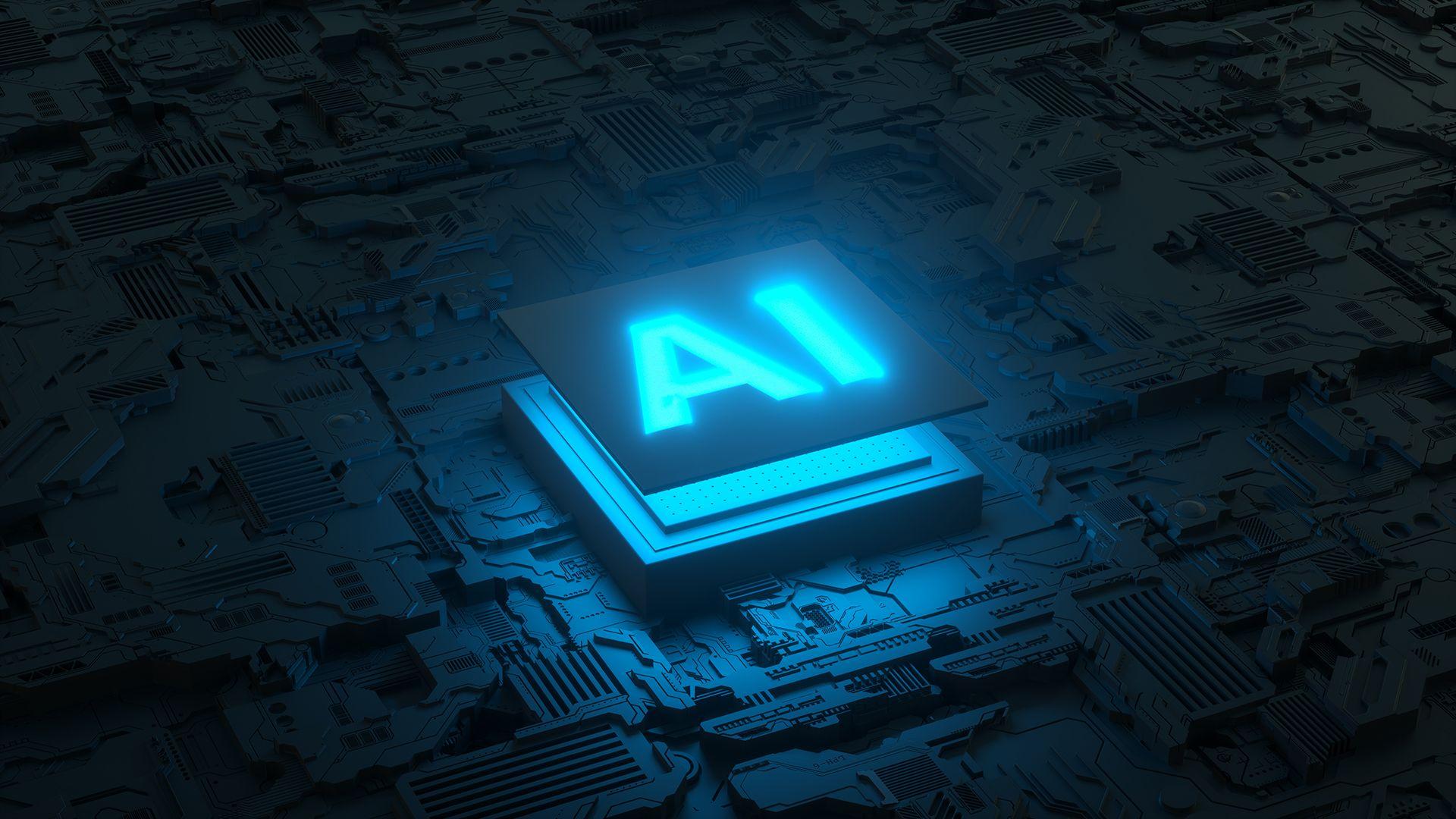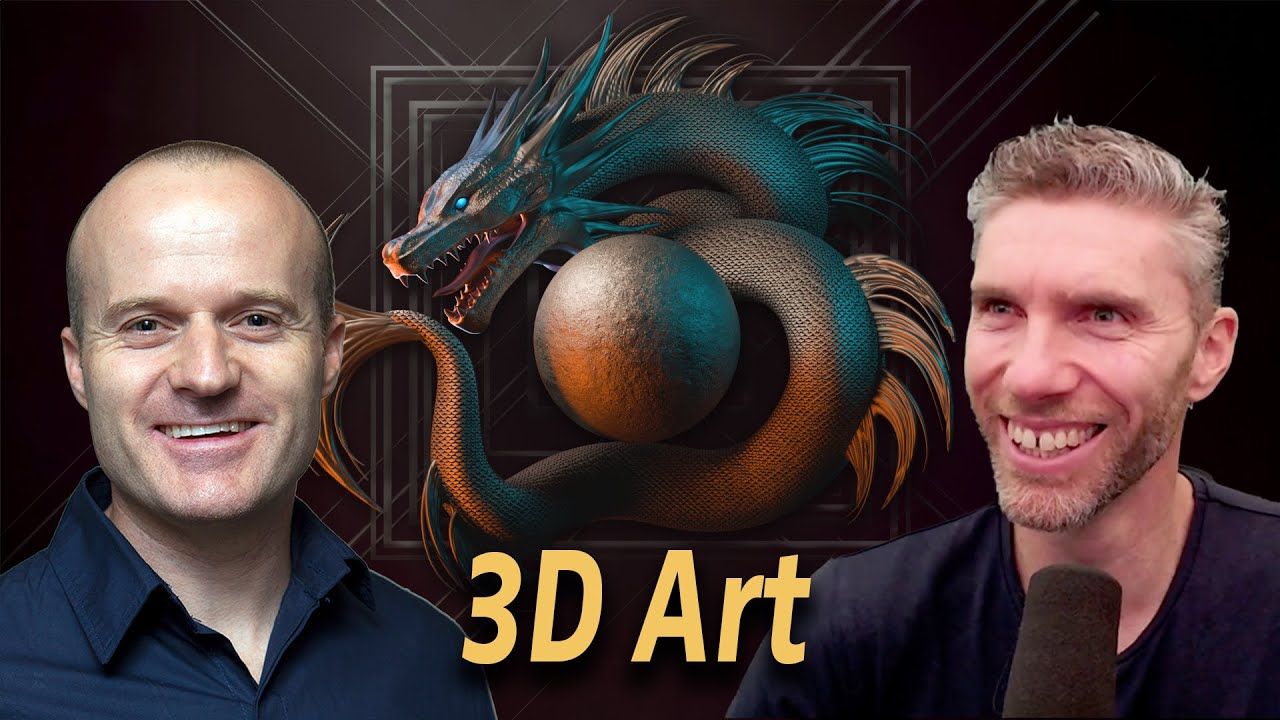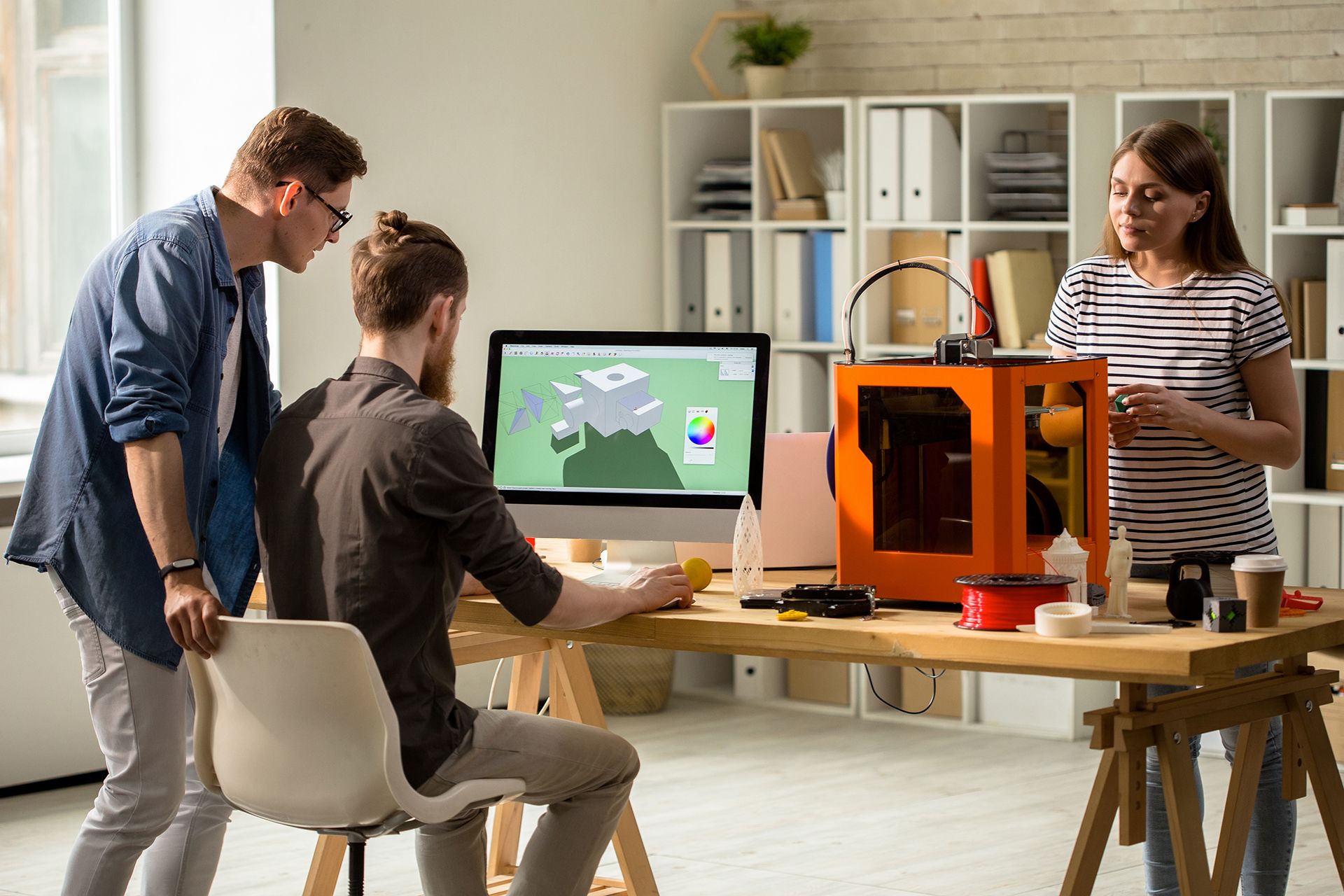
Does 3D Art Have a Future in the Age of AI?
AI is reshaping creative industries at lightning speed — but what does that mean for 3D artists? Is traditional modeling and texturing on the way out, or are we entering a new golden age of creativity? In this article, we explore how 3D artists can adapt, thrive, and use AI as a powerful tool rather than a threat. From mastering fundamentals to directing your own vision, here’s why 3D art’s future is brighter than ever.
Artificial Intelligence has shaken up nearly every creative industry - and 3D art is no exception. From tools that generate characters with a few prompts to AI-assisted texture painting and animation, the question on many artists’ minds is the same:
Does 3D art still have a future?
The short answer: absolutely.
But it’s changing. And understanding how it’s changing can turn fear into opportunity.
The Rise of AI and the Artist’s Apprehension
As GameDev.tv’s Rick and Grant discussed in their recent live session, AI’s rapid growth has left artists feeling both excited and uneasy. Every week, there’s a new “game changing” tool - one that claims to replace the need for traditional 3D modelling or texturing.
But as Grant pointed out, if you look closely at many of these so called breakthroughs, you’ll still find flaws. Missing hands, awkward geometry, lighting inconsistencies - telltale signs that the fundamentals aren’t there yet.
That’s because AI isn’t magic. It’s just another tool - one that still depends on human creativity and understanding of art fundamentals.
Fundamentals Will Outlast Technology
In an AI driven future, the most valuable artists won’t be those who can press a button - they’ll be the ones who understand why an image works.
Composition, colour, lighting, balance, storytelling - these timeless principles are what separate lifeless renders from emotional, believable art. Whether you’re painting textures or placing props in a scene, your artistic eye still matters.
AI might generate 90% of your knight model, but only you can make that armor feel battle worn - deciding where the metal should shine, where the scratches tell a story, and how the lighting breathes life into the character.
The future isn’t about competing with AI, it’s about collaborating with it.
From Worker to Director
The era of repetitive “grunt work” is fading fast. As Rick explained, the next generation of artists will to think more like art directors - people who see the bigger picture, make creative decisions, and know how to guide the tools to achieve their vision.
AI will accelerate workflows. Tasks that once took a week may soon take hours. But that speed doesn’t remove the need for human taste and judgement - it amplifies it.
The best artists will be those who can take an AI generated base and push it further: refining, tweaking, and shaping it into something distinct and emotionally resonant.
 CLICK HERE TO WATCH THE YOUTUBE VIDEO
CLICK HERE TO WATCH THE YOUTUBE VIDEO
Ethics, Emotion, and the Human Touch
Of course, no discussion about AI and art is complete without addressing ethics. Many artists feel anger and sadness knowing that AI models were trained on stolen artwork. That frustration is valid.
But as Grant noted, the genie’s out of the bottle. AI isn’t going away. Fighting it’s existence won’t stop it - but learning how to use it ethically, responsibly, and creatively can empower you.
And let’s not forget: handmade art still matters. Just as photography didn’t kill painting, AI won’t kill your 3D art. People still treasure authenticity, craftsmanship, and individuality. A model sculpted by a human hand carries something no dataset can replicate - soul.
A Time for Kindness and Community
There’s been tension in creative circles: artists divided into “AI users” and “AI resisters”. Rick made an important point during the talk - this isn’t a war. We’re all navigating uncharted territory, and empathy will be just as valuable as skill.
Art thrives on community. Sharing, teaching, and supporting each other are the foundations of GameDev.tv. Whether you embrace AI tools to stick to traditional methods, the key is to stay curious, stay kind and keep creating.

So… Does 3D Art Have a Future?
Yes - and it’s brighter than ever.
AI will make some tasks easier, but it will never replace the human drive to create, to tell stories, and to express emotion through design. 3D art is evolving, not disappearing.
If you’re passionate about bringing worlds to life, keep learning, keep practicing, and keep that spark alive. The tools may change - but creativity doesn’t.
Because no matter how advanced AI becomes, the future of art will always need artists - like YOU.
